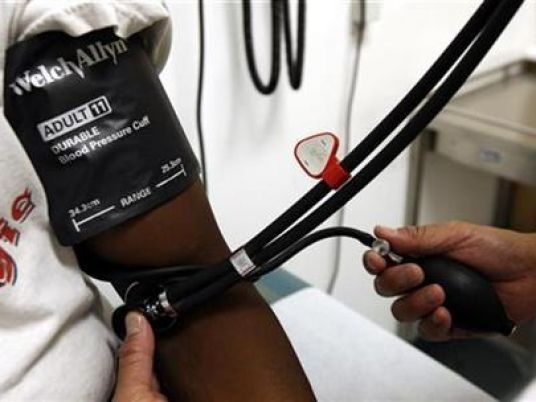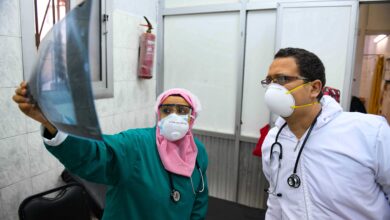
Even as doctors are increasingly relying on home blood pressure monitoring to manage patients with hypertension, many of the devices are too inaccurate to be useful, according to a small study.
About 70 percent of the time, home monitors weren’t accurate within 5 mmHg, which is considered clinically important, researchers say. And 30 percent of the time the devices were 10 mmHg off the mark.
Hypertension, or high blood pressure, "is the number one cause of death and disability in the world," said lead study author Jennifer Ringrose of the University of Alberta in Canada.
“Guidelines are recommending that clinicians rely more on automatic and home blood pressure readings to diagnose and monitor high blood pressure,” she told Reuters Health by email. “We need to make sure these home blood pressure readings are accurate.”
Ringrose and colleagues gauged the accuracy of home blood pressure monitors used by 85 patients and tested for differences between upper-arm versus wrist devices, brand names, hard versus soft cuffs and devices that were validated according to industry technical standards and those that were not.
Two observers tested each patient simultaneously, taking a total of nine blood pressure measurements and alternating between the device used at home and a standardized cuff used in a doctor’s office.
Blood pressure is measured with two numbers: systolic pressure when the heart pumps blood and diastolic pressure when the heart rests between beats. Blood pressure below 120 mmHg systolic/80 mmHg diastolic is considered healthy. Pressure above 140/90 mmHg is considered high.
The researchers found that home monitors were more often wrong for systolic pressure. For 54 percent of patients, that measurement differed by 5 mmHg from the professional device. For 20 percent, it was wrong by 10 mmHg, and for 7 percent it was off by 15 mmHg or more. With diastolic pressure, the same was true of 31 percent, 12 percent and 1 percent of patients.
Arm size and gender were the main predictors of a systolic blood pressure difference, with men typically having a larger discrepancy, the researchers found. Also, older age, larger arm circumference, hard cuff design, and older device models were linked with diastolic blood pressure discrepancy.
Age and stiffness of blood vessels, for example, can make a significant difference if blood pressure monitors aren’t calibrated for the patient using it, the study authors write in the American Journal of Hypertension.
“There can be substantial error, even in devices that have been tested in a validation study,” said senior study author Raj Padwal of the Mazankowski Heart Institute in Alberta.
“A major issue is that it is hard to study why inaccuracies occur because the algorithm that these devices use to determine blood pressure is proprietary and kept secret by each company,” Padwal said by email.
The research team suggests creating a third-party way for both doctors and patients to check home devices, if needed.
“First, patients should purchase a validated monitor and use the proper sized cuff,” Padwal said. “Second, we – device makers and academic researchers – have to come up with more accurate devices.”
They also suggest making diagnostic and treatment decisions based on the average of multiple measurements. Canadian guidelines, for example, recommend 28 measurements during one week for home devices, and changes in medication should be based on more than a few measurements.
“The market for this equipment is rising dramatically into the billions in the next couple of years as patients age, and more doctors are using them to diagnose and manage hypertension,” said Marcel Ruzicka of the University of Ottawa who co-wrote a commentary accompanying the study.
“As health care providers, we’re becoming more dependent on the numbers that patients are bringing to us, and in a busy office where you can’t get a true resting blood pressure, those may be the only numbers you have,” he told Reuters Health.
Both patients and doctors should discuss home blood pressure monitor accuracy during appointments, Ruzicka said, including how devices should be checked and how often.
“It’s important to be aware that this inaccuracy is out there,” Ruzicka said. “Next, we should ensure that accuracy checks are widely available and not cost prohibitive for device owners.”



